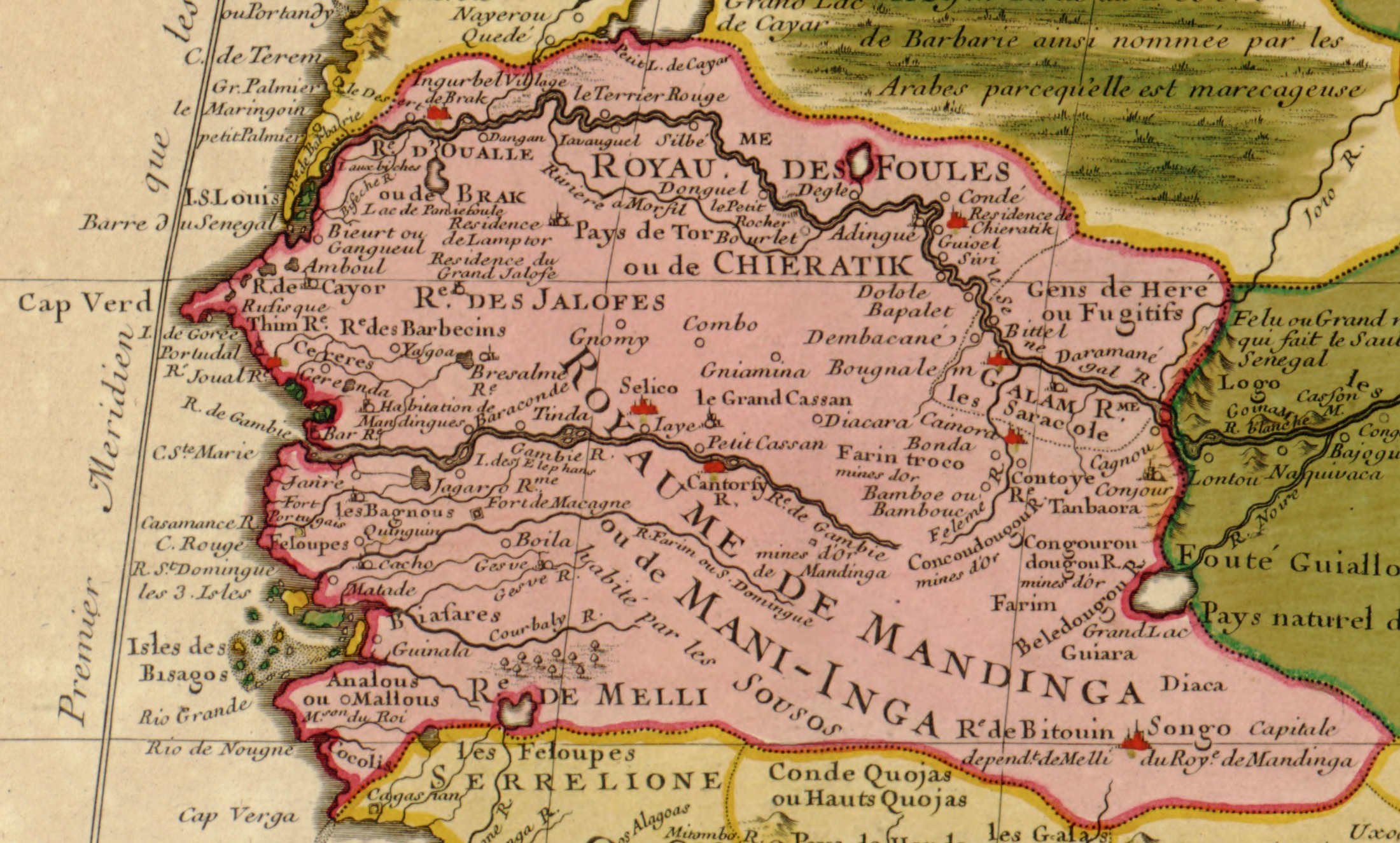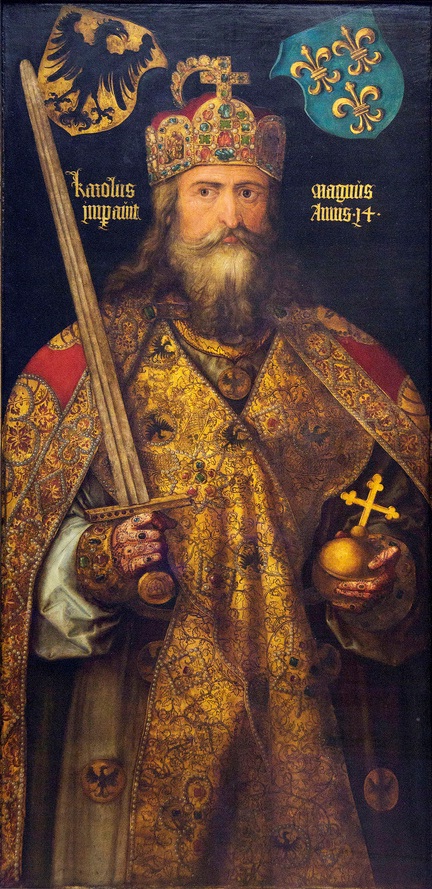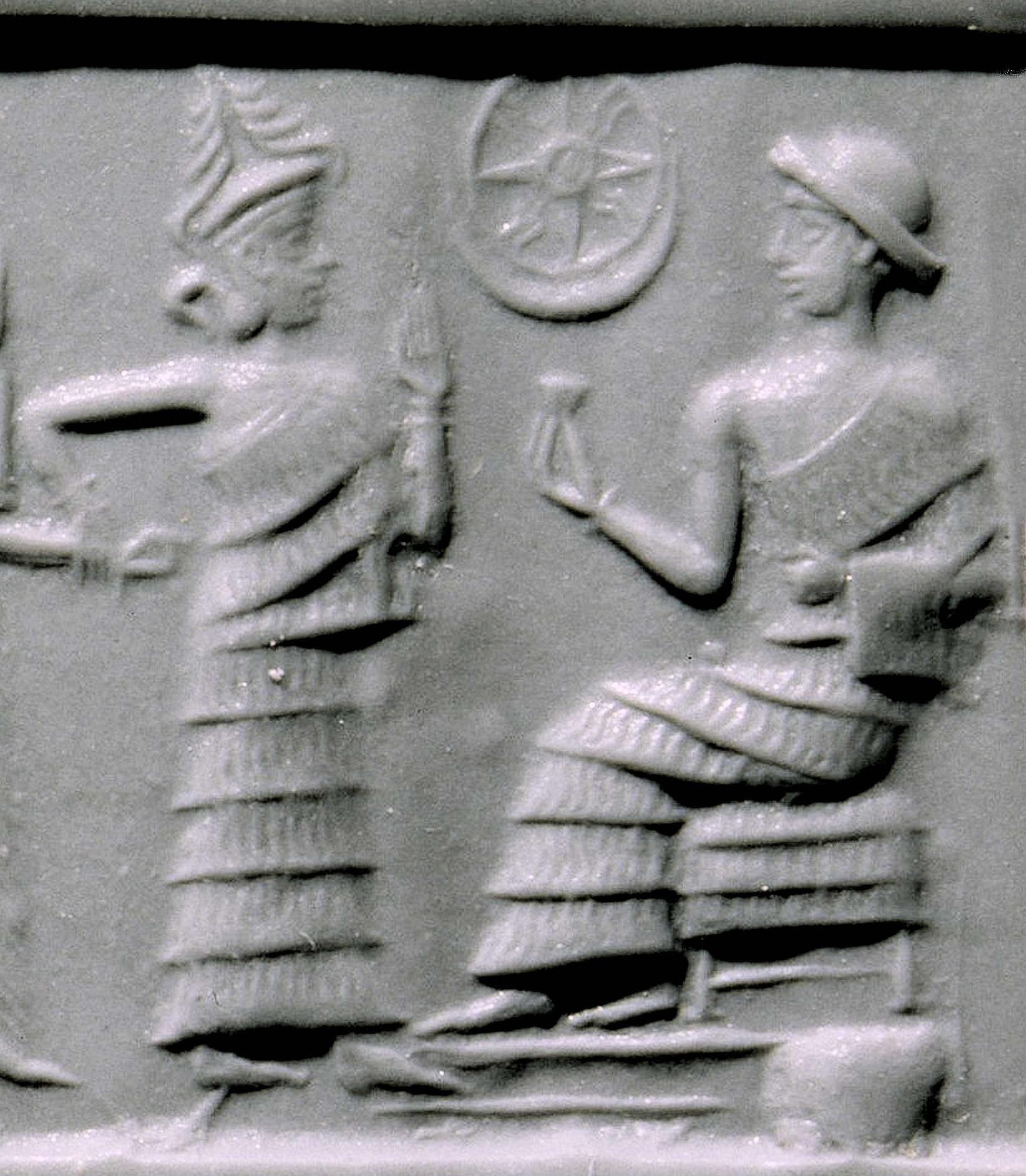|
Coat Of Arms Of Senegal
The coat of arms of Senegal is the Coat of arms, heraldic device consisting of a Escutcheon (heraldry), shield Charge (heraldry), charged with a Lion (heraldry), lion on the left half and a Adansonia, baobab tree on the right, flanked by Palm branch (symbol), palm branches and topped with a Five-pointed star, five-pointed green star at the top. Adopted five years after Senegal gained independence, it has been the coat of arms of the Republic of Senegal since 1965. Both symbols on the shield had featured previously on earlier Senegalese emblems. History Senegal gained independence on 20 August 1960, when it separated from the Mali Federation and became an independent country on its own. It took approximately five years to before Senegal adopted its own coat of arms. It was designed by Suzanne Gauthier, a French Heraldry, heraldist from Paris, in 1965. It incorporated the Lion (heraldry), lion and the Adansonia, baobab tree - both symbols were previously utilised on earlier Sen ... [...More Info...] [...Related Items...] OR: [Wikipedia] [Google] [Baidu] |
Senegal
Senegal, officially the Republic of Senegal, is the westernmost country in West Africa, situated on the Atlantic Ocean coastline. It borders Mauritania to Mauritania–Senegal border, the north, Mali to Mali–Senegal border, the east, Guinea to Guinea–Senegal border, the southeast and Guinea-Bissau to Guinea-Bissau–Senegal border, the southwest. Senegal nearly surrounds The Gambia, a country occupying a narrow sliver of land along the banks of the Gambia River, which separates Senegal's southern region of Casamance from the rest of the country. It also shares a maritime border with Cape Verde. Senegal's capital is Dakar. Senegal is the westernmost country in the mainland of the Old World, or Afro-Eurasia. It owes its name to the Senegal River, which borders it to the east and north. The climate is typically Sahelian, though there is a wet season, rainy season. Senegal covers a land area of almost and has a population of around 18 million. The state is a Presidential system ... [...More Info...] [...Related Items...] OR: [Wikipedia] [Google] [Baidu] |
Islam
Islam is an Abrahamic religions, Abrahamic monotheistic religion based on the Quran, and the teachings of Muhammad. Adherents of Islam are called Muslims, who are estimated to number Islam by country, 2 billion worldwide and are the world's Major religious groups, second-largest religious population after Christians. Muslims believe that Islam is the complete and universal version of a Fitra, primordial faith that was revealed many times through earlier Prophets and messengers in Islam, prophets and messengers, including Adam in Islam, Adam, Noah in Islam, Noah, Abraham in Islam, Abraham, Moses in Islam, Moses, and Jesus in Islam, Jesus. Muslims consider the Quran to be the verbatim word of God in Islam, God and the unaltered, final revelation. Alongside the Quran, Muslims also believe in previous Islamic holy books, revelations, such as the Torah in Islam, Tawrat (the Torah), the Zabur (Psalms), and the Gospel in Islam, Injil (Gospel). They believe that Muhammad in Islam ... [...More Info...] [...Related Items...] OR: [Wikipedia] [Google] [Baidu] |
Order (honour)
An order is a visible honour awarded by a sovereign state, monarch, dynastic house or organisation to a person, typically in recognition of individual merit, that often comes with distinctive insignia such as collars, medals, badges, and sashes worn by recipients. Modern honour systems of state orders and dynastic orders emerged from the culture of orders of chivalry of the Middle Ages, which in turn emerged from the Catholic religious orders. Terminology The word order (), in the case referred to in this article, can be traced back to the chivalric orders, including the military orders, which in turn trace the name of their organisation back to that of the Catholic religious orders. Orders began to be created ''ad hoc'' and in a more courtly nature. Some were merely honorary and gradually the ''badges'' of these orders (i.e. the association) began to be known informally as ''orders''. As a result, the modern distinction between ''orders'' and ''decorations'' or ''insi ... [...More Info...] [...Related Items...] OR: [Wikipedia] [Google] [Baidu] |
Senegal River
The Senegal River ( or "Senegal" - compound of the Serer term "Seen" or "Sene" or "Sen" (from Roog Seen, Supreme Deity in Serer religion) and "O Gal" (meaning "body of water")); , , , ) is a river in West Africa; much of its length marks part of the border between Senegal and Mauritania. It has a drainage basin of , a mean flow of , and an annual discharge of . Important tributaries are the Falémé River, Karakoro River, and the Gorgol River. The river divides into two branches once it passes Kaédi. The left branch, called the Doué, runs parallel to the main river to the north. After the two branches rejoin a few kilometers downstream of Podor. In 1972 Mali, Mauritania and Senegal founded the Organisation pour la mise en valeur du fleuve Sénégal (OMVS) to manage the river basin. Guinea joined in 2005. , only very limited use was made of the river for the transportation of goods and passengers. The OMVS have looked at the feasibility of creating a navigable ... [...More Info...] [...Related Items...] OR: [Wikipedia] [Google] [Baidu] |
History Of Senegal
The history of Senegal is commonly divided into a number of periods, encompassing the prehistoric era, the precolonial period, colonialism, and the contemporary era. Paleolithic The earliest evidence of human life is found in the valley of the Falémé River, Falémé in the south-east. The presence of man in the Lower Paleolithic is attested by the discovery of Archaeological industry, stone tools characteristic of Acheulean such as hand axes reported by Théodore Monod at the tip of Fann-Point E-Amitié, Fann in the peninsula of Cap-Vert in 1938, or cleavers found in the south-east. There were also found stones shaped by the Levallois technique, characteristic of the Middle Paleolithic. Mousterian Industry is represented mainly by Scraper (archaeology), scrapers found in the peninsula of Cap-Vert, as well in the low and middle valleys of the Senegal River, Senegal and the Falémé. Some pieces are explicitly linked to hunting, like those found in Tiémassass, near M'Bour, a c ... [...More Info...] [...Related Items...] OR: [Wikipedia] [Google] [Baidu] |
Proper Right
Proper right and proper left are conceptual terms used to unambiguously convey relative direction when describing an image or other object. The "proper right" hand of a figure is the hand that would be regarded by that figure as its right hand. In a frontal representation, that appears on the left as the viewer sees it, creating the potential for ambiguity if the hand is just described as the "right hand". The terms are mainly used in discussing images of humans, whether in art history, medical contexts such as x-ray images, or elsewhere, but they can be used in describing any object that has an unambiguous front and back (for example furniture) or, when describing things that move or change position, with reference to the original position. However a more restricted use may be preferred, and the internal instructions for cataloguing objects in the "Inventory of American Sculpture" at the Smithsonian American Art Museum say that "The terms 'proper right' and 'proper left' should ... [...More Info...] [...Related Items...] OR: [Wikipedia] [Google] [Baidu] |
Dexter And Sinister
''Dexter'' and ''sinister'' are terms used in heraldry to refer to specific locations in an Escutcheon (heraldry), escutcheon bearing a coat of arms, and to the other elements of an Achievement (heraldry), achievement. ''Dexter'' (Latin for 'right') indicates the right-hand side of the shield, as regarded by the bearer, i.e. the bearer's proper right, and to the left as seen by the viewer. ''Sinister'' (Latin for 'left') indicates the left-hand side as regarded by the bearer – the bearer's proper left, and to the right as seen by the viewer. In vexillology, the terms ''Glossary of vexillology, hoist'' and ''Glossary of vexillology, fly'' are preferred, although these are not direct equivalents, as their meaning varies with the direction in which the flag is flying. Significance The dexter side is considered the side of greater honour, for example when Impalement (heraldry), impaling two arms. Thus, by tradition, a husband's arms occupy the dexter half of his shield, his wif ... [...More Info...] [...Related Items...] OR: [Wikipedia] [Google] [Baidu] |
Léopold Sédar Senghor
Léopold Sédar Senghor ( , , ; 9 October 1906 – 20 December 2001) was a Senegalese politician, cultural theorist and poet who served as the first president of Senegal from 1960 to 1980. Ideologically an African socialist, Senghor was one of the major theoreticians of Négritude. He was a proponent of African culture, black identity, and African empowerment within the framework of French-African ties. He advocated for the extension of full civil and political rights for France's African territories while arguing that French Africans would be better off within a federal French structure than as independent nation-states. Senghor became the first president of independent Senegal. He fell out with his long-standing associate Mamadou Dia, who was the prime minister of Senegal, arresting him on suspicion of fomenting a coup and imprisoning him for 12 years. Senghor established an authoritarian one-party state in Senegal, where all rival political parties were prohibited. Sengho ... [...More Info...] [...Related Items...] OR: [Wikipedia] [Google] [Baidu] |
Serer Creation Myth
The Serer creation myth is the traditional creation myth of the Serer people of Senegal, the Gambia and Mauritania. Many Serers who adhere to the tenets of the Serer religion believe these narratives to be sacred. Some aspects of Serer religious and Ndut traditions are included in the narratives contained herein but are not limited to them. The Serer people have many gods, goddesses Kellog, Day Otis, and Smith, William Robertson, "The Encyclopædia Britannica: latest edition. A dictionary of arts, sciences and general literature", Volume 25, p. 64, Werner (1902) and '' Pangool'' (the Serer saints and ancestral spirits represented by snakes), but one supreme deity and creator called Roog (or Koox in the Cangin languages Ndiaye, Ousmane Sémou, "Diversité et unicité sérères : l’exemple de la région de Thiès", Éthiopiques, no. 54, vol. 7, 2e semestre 199/ref>). Serer creation myth developed from Serer oral traditions, Serer religion, legends, and cosmogonies. The sp ... [...More Info...] [...Related Items...] OR: [Wikipedia] [Google] [Baidu] |
Star And Crescent
The conjoined representation of a star and a crescent is used in various historical contexts, including as a prominent symbol of the Ottoman Empire, and in contemporary times, as a national symbol by some countries, and by some Muslims as a symbol of Islam, while other Muslims reject it as an Islamic symbol. It was developed in the Greek colony of Byzantium ca. 300 BC, though it became more widely used as the royal emblem of Pontic king Mithridates VI Eupator after he incorporated Byzantium into his kingdom for a short period. During the 5th century, it was present in coins minted by the Persian Sassanian Empire; the symbol was represented in the coins minted across the empire throughout the Middle East for more than 400 years from the 3rd century until the fall of the Sassanians after the Muslim conquest of Persia in the 7th century. The conquering Muslim rulers kept the symbol in their coinage during the early years of the caliphate, as the coins were exact replicas of the S ... [...More Info...] [...Related Items...] OR: [Wikipedia] [Google] [Baidu] |
Gambia
The Gambia, officially the Republic of The Gambia, is a country in West Africa. Geographically, The Gambia is the List of African countries by area, smallest country in continental Africa; it is surrounded by Senegal on all sides except for the western part, which is bordered by the Atlantic Ocean.Hoare, Ben. (2002) ''The Kingfisher A–Z Encyclopedia'', Kingfisher Publications. p. 11. . Its territory is on both sides of the lower reaches of the Gambia River, which flows through the centre of the country and empties into the Atlantic. The national namesake river demarcates the elongated shape of the country, which has an area of and a population of 2,769,075 people in 2024 which is a 47% population increase from 2013. The capital city is Banjul, which has the most extensive metropolitan area in the country. The second and third-largest cities are Serekunda and Brikama. Arab Muslims, Arab Muslim merchants traded with indigenous West Africans in The Gambia throughout the 9th ... [...More Info...] [...Related Items...] OR: [Wikipedia] [Google] [Baidu] |
Serer People
The Serer people (''Serer language, Serer proper'': Seereer or Sereer) are a West African ethnoreligious groupGastellu, Jean-Marc, ''Petit traité de matrilinarité. L'accumulation dans deux sociétés rurales d'Afrique de l'Ouest'', Cahiers ORSTOM, série Sciences Humaines 4 (1985) [in] Gastellu, Jean-Marc, ''Matrilineages, Economic Groups and Differentiation in West Africa: A Note'', O.R.S.T.O.M. Fonds Documentaire (1988), pp 1, 2–4 (pp 272–4), 7 (p 277/ref>Marguerite Dupire, Dupire, Marguerite, ''Sagesse sereer: Essais sur la pensée Ndut people, sereer ndut'', KARTHALA Editions (1994). For ''tim'' and ''den yaay'' (see p. 116). The book also deals in depth about the Serer matriclans and means of succession through the matrilineal line. See pp. 38, 95–99, 104, 119–20, 123, 160, 172–74,/ref> They fought against jihads in the 19th century, and subsequently opposed French colonial rule - resulting in Serer victory at the famous Battle of Djilass (13 May 1859), and the Fre ... [...More Info...] [...Related Items...] OR: [Wikipedia] [Google] [Baidu] |








